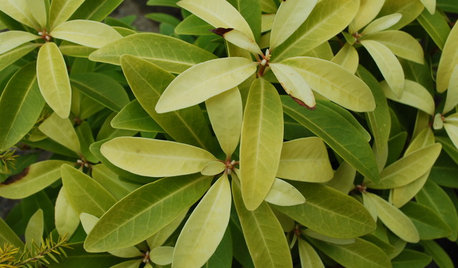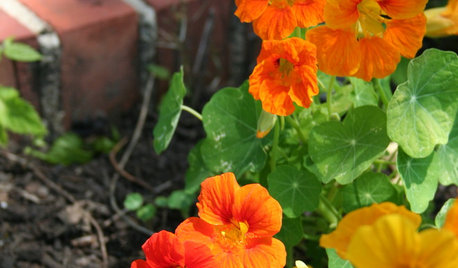Aspidistra truning yellow......
leeward46
15 years ago
Featured Answer
Sort by:Oldest
Comments (8)
karen715
15 years agoRelated Professionals
Leawood Landscape Architects & Landscape Designers · Sand Springs Landscape Architects & Landscape Designers · Athens Landscape Contractors · Cicero Landscape Contractors · Emmaus Landscape Contractors · Hollywood Landscape Contractors · Huntley Landscape Contractors · Indio Landscape Contractors · Lake Zurich Landscape Contractors · Lees Summit Landscape Contractors · McLean Landscape Contractors · Mendota Heights Landscape Contractors · Monterey Landscape Contractors · Baileys Crossroads Landscape Contractors · Appleton Interior Designers & Decoratorsjeannie7
15 years agoleeward46
15 years agorhizo_1 (North AL) zone 7
15 years agowatergal
15 years agoronalawn82
15 years agobradley787
14 years ago
Related Stories

LIME FOLIAGEGreat Design Plant: Illicium Parviflorum ‘Florida Sunshine’
This shrub from the anise family brings a ray of chartreuse sunlight to the woodland garden
Full Story
GARDENING GUIDES6 Dependable Ground Covers for Warm Climates
Swap some lawn for these drought-tolerant clumping plants — and watch your maintenance efforts diminish while they easily grow
Full Story
HOUSEPLANTSSimple Pleasures: Grow a Cheery Indoor Garden
Let houseplants work their magic on your rooms and you. These ideas will get you growing
Full Story
GARDENING GUIDESDon’t Let These Excuses Keep You From Gardening
Stop blaming your lack of experience, space, time and funds, and get on with the joy of garden making
Full Story
DECORATING GUIDESWhat We Can Learn From the Minimalists
Discover the power of simplicity and how to employ a less-is-more approach in your decorating scheme
Full Story








jeannie7